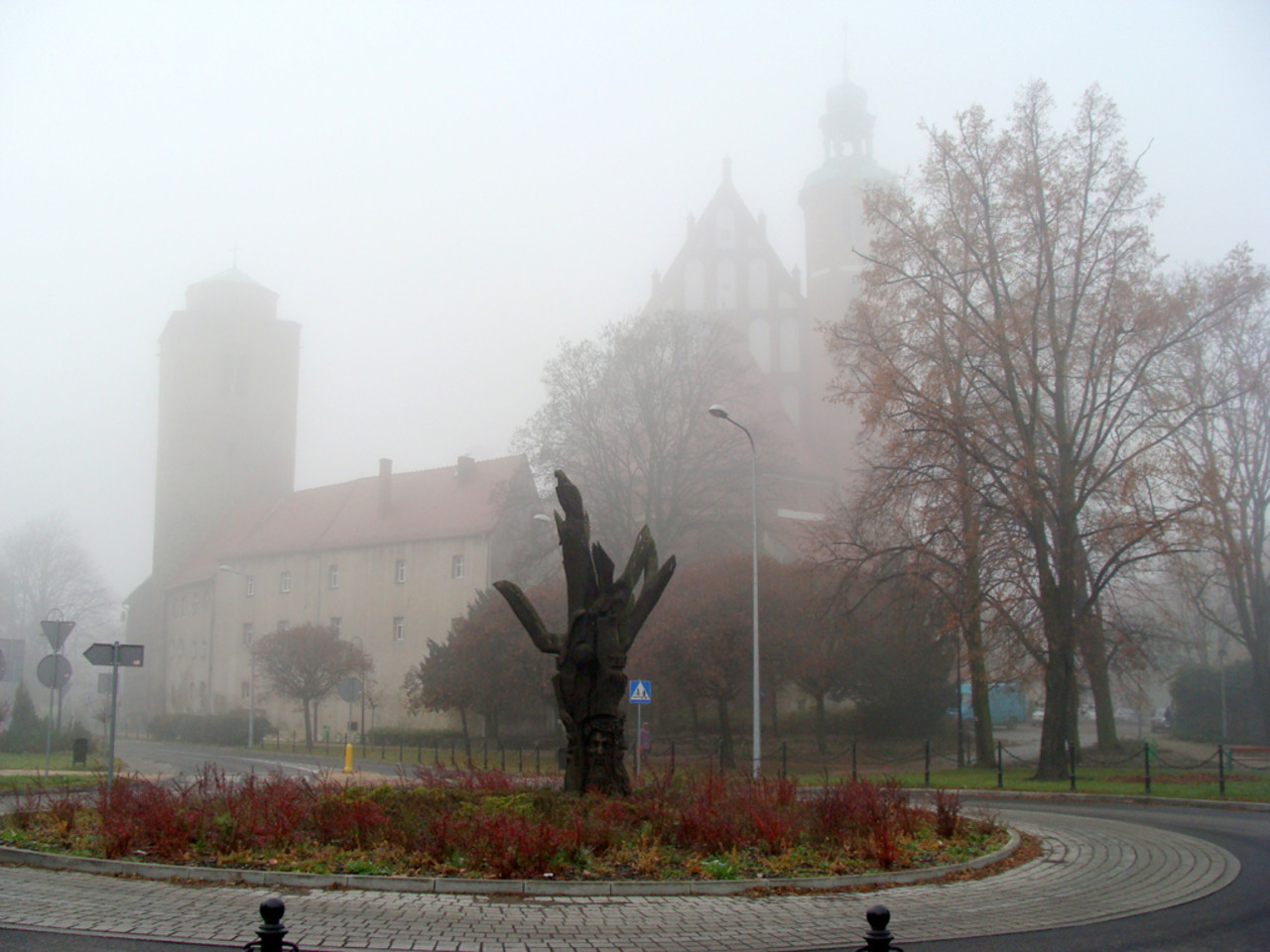Wine Tasting

본문

Wine Tasting
Why is wine tasting fun?
Wine tasting is a delightful expertise for several reasons:
- Exploration of Flavors: Tasting totally different wines allows people to explore a broad range of flavors, aromas, and textures, each unique to its origin.
- Social Experience: Wine tasting is commonly a social occasion that brings people together, making it a enjoyable method to join with associates or meet new individuals.
- Education: Participants learn concerning the wine-making process, grape varieties, and regional characteristics, enhancing their appreciation for the beverage.
- Pairing Opportunities: Tasting wines alongside complementary foods can heighten the flavors and create a extra enriching expertise.
- Sensory Engagement: Engaging all senses—sight, smell, taste, and 유흥 even touch—creates a dynamic and memorable expertise.
Ultimately, 유흥 wine tasting combines enjoyment, 오피커뮤니티 studying, and social interplay, making it a fascinating activity for 오피커뮤니티 enthusiasts and novices alike.
Is wine tasting a skill?
Wine tasting is certainly a ability, one that can be developed and refined over time. It goes past simply sipping wine; it includes a deep understanding of assorted aspects similar to aromas, flavors, and the general expertise of wine.
The Components of Wine Tasting Skill
Several key parts contribute to the talent of wine tasting:
- Smell: A significant portion of taste comes from aroma. Trained tasters can determine different scents that affect the flavour profile.
- Taste: Beyond simply identifying flavors, skilled tasters can discern the steadiness of acidity, sweetness, bitterness, and different taste elements.
- Knowledge: Understanding grape varieties, areas, and winemaking techniques enhances the tasting experience and permits for extra informed judgments.
- Experience: Regular tasting helps develop palate recognition, making it simpler to identify specific nuances in wines.
Why Practice Matters
Like any ability, the extra one practices wine tasting, the higher they become. Participants in wine tastings be taught to articulate their thoughts and experiences, which may greatly improve their analytical abilities in evaluating totally different wines.
In conclusion, while anyone can get pleasure from wine, mastering the artwork of wine tasting is a skill that requires dedication and practice.
What is the tasting process?
The tasting strategy of wine includes a systematic approach to gauge its qualities, including look, aroma, taste, and finish. Here is a breakdown of the process:
1. Look
Begin by inspecting the wine's appearance:
- Color: Observe the colour, which may give clues in regards to the grape variety and age.
- Clarity: Check for clarity and brilliance, indicating the wine’s quality.
- Viscosity: Swirl the wine and note the tears or legs that kind on the facet of the glass.
2. Smell
The aroma is significant for figuring out the wine’s profile:
- Initial Scent: Take a second to odor the wine before swirling it.
- Aeration: Swirl the wine gently to launch its aromas, then take a deep sniff.
- Aroma Levels: Identify the totally different notes—fruity, floral, natural, or oaky.
3. Taste
Now it's time to style the wine:
- First Sip: Take a small sip and let it sit on your palate.
- Structure: Evaluate the steadiness of acidity, sweetness, and tannins.
- Flavor 유흥 (louloumc.com) Profile: Notice the flavors and 오피 complexity, identifying particular fruit, spice, or different notes.
4. Finish
Finally, assess the finish:
- Length: Determine how long the flavors linger after swallowing.
- Aftertaste: Note whether or 유흥 not the aftertaste is nice and what flavors remain.
By following these steps, wine lovers can recognize the various attributes of every wine, enhancing their total tasting expertise.

댓글목록0
댓글 포인트 안내